Archives
- 2025-11
- 2025-10
- 2025-09
- 2025-03
- 2025-02
- 2025-01
- 2024-12
- 2024-11
- 2024-10
- 2024-09
- 2024-08
- 2024-07
- 2024-06
- 2024-05
- 2024-04
- 2024-03
- 2024-02
- 2024-01
- 2023-12
- 2023-11
- 2023-10
- 2023-09
- 2023-08
- 2023-07
- 2023-06
- 2023-05
- 2023-04
- 2023-03
- 2023-02
- 2023-01
- 2022-12
- 2022-11
- 2022-10
- 2022-09
- 2022-08
- 2022-07
- 2022-06
- 2022-05
- 2022-04
- 2022-03
- 2022-02
- 2022-01
- 2021-12
- 2021-11
- 2021-10
- 2021-09
- 2021-08
- 2021-07
- 2021-06
- 2021-05
- 2021-04
- 2021-03
- 2021-02
- 2021-01
- 2020-12
- 2020-11
- 2020-10
- 2020-09
- 2020-08
- 2020-07
- 2020-06
- 2020-05
- 2020-04
- 2020-03
- 2020-02
- 2020-01
- 2019-12
- 2019-11
- 2019-10
- 2019-09
- 2019-08
- 2019-07
- 2018-07
-
From a clinical utility standpoint this
2025-02-14
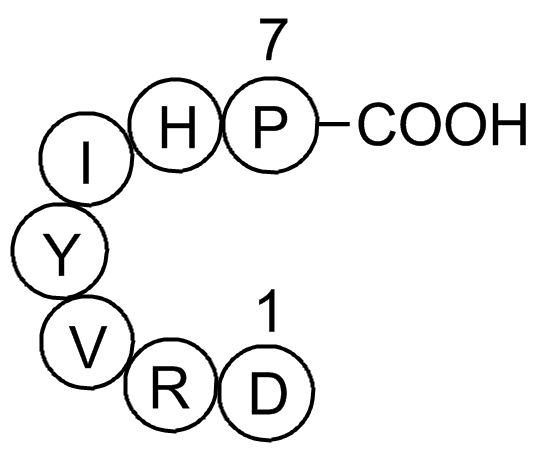
From a clinical utility standpoint, this study showed that AR can be useful in the GATA3-positive tumor of unknown origin setting. Epidemiologically, in this setting, the top 2 diagnoses in the differential diagnosis are metastatic carcinoma of breast origin or urothelial origin [18]. Seven out of 1
-
br Methods br Results br Discussion Agitation in dementia
2025-02-13
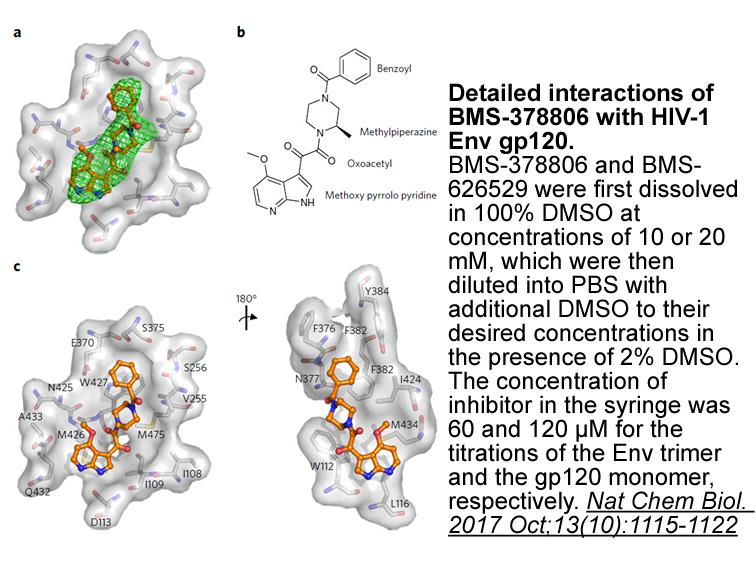
Methods Results Discussion Agitation in dementia has recently been defined as a syndrome characterized by inferred or observed evidence of emotional distress associated with at least one behavioral component, i.e. excessive motor activity, verbal or physical aggression (Cummings et al., 201
-
2-MeOE2 br Discussion Missense mutations transversions of
2025-02-13

Discussion Missense mutations (transversions) of the first nucleotide of the phenylalanine 2-MeOE2 at position 1174 (F1174) of the anaplastic lymphoma kinase gene can result in substitutions to leucine or valine (F1174L/V) while missense mutation (transversion) of the second nucleotide of the phe
-
Activation of AhR is also known
2025-02-13
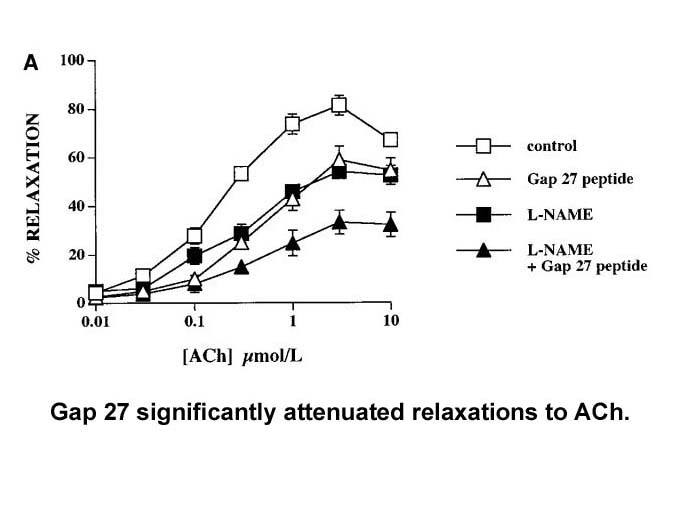
Activation of AhR is also known to upregulate the expression of AhRR (AhR repressor), an inhibitor protein of AhR [29]. However, the exact mechanism by which AhRR represses AhR signaling is not well understood. The initial study by Mimura and colleagues suggested that AhRR is capable of directly com
-
Does dietary caffeine interfere with
2025-02-13
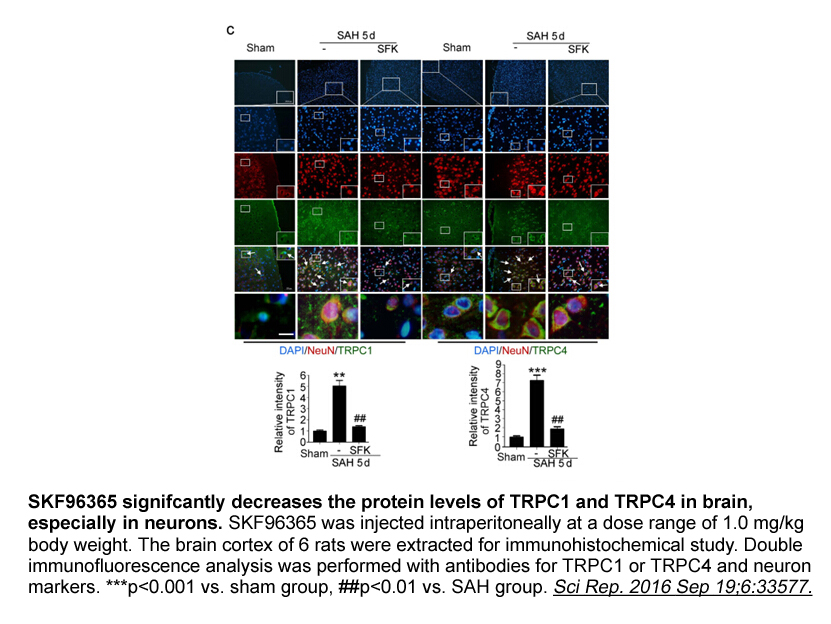
(8) Does dietary caffeine interfere with antinociception by other modalities that alter pain (TENS, exercise, joint mobilization, water immersion therapy)? Caffeine and/or A1R antagonists inhibit antinociception by each of these modalities in preclinical studies, such that there is potential for int
-
During years research efforts at Los Alamos National
2025-02-13
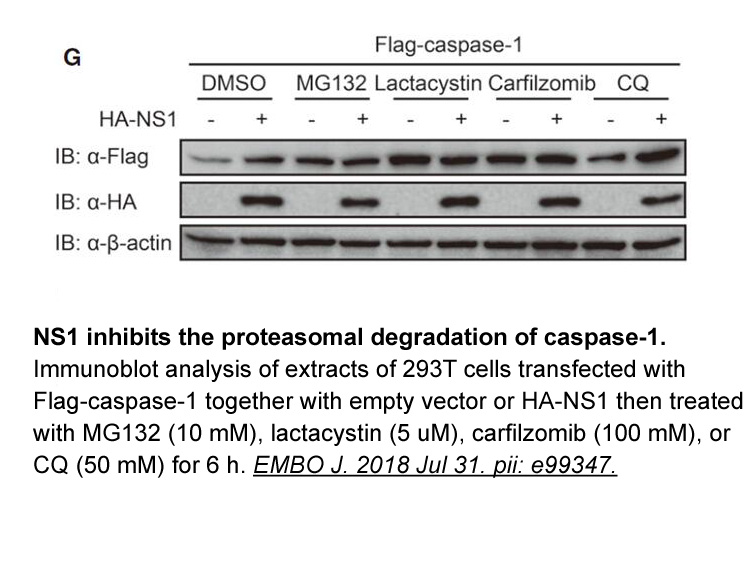
During 2002–2004years research efforts at Los Alamos National Laboratory (LANL) focused on constructing a quantum computer based on regular arrays build from neutral radical molecules possessing one single unpaired Clofibric Acid spin. The idea was built on the ability to manipulate individual elec
-
LY2090314 On the contrary evidence also suggests that autoph
2025-02-13
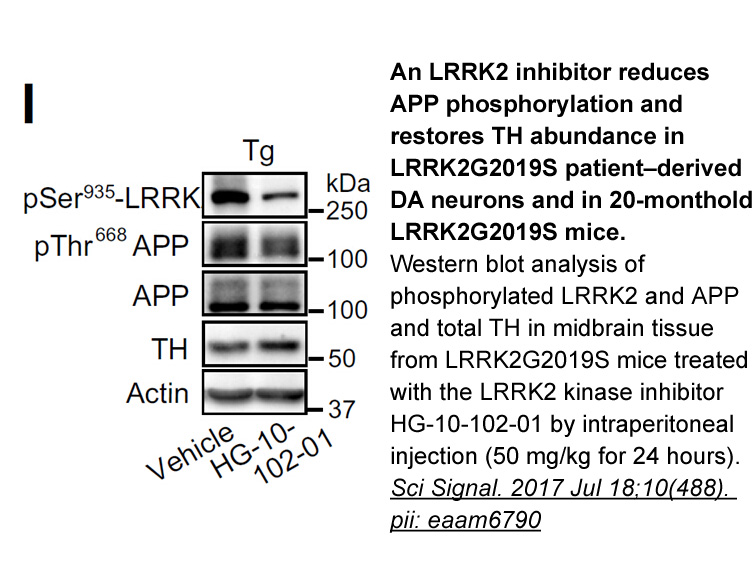
On the contrary, evidence also suggests that autophagy plays a striking protective role in cancer cells. Highly burgeoning cancer LY2090314 require cellular building blocks for their metabolism and energy production. At this stage of cancer development, autophagy acts as a friend providing all the e
-
Matthew et al synthesized and carried out
2025-02-13
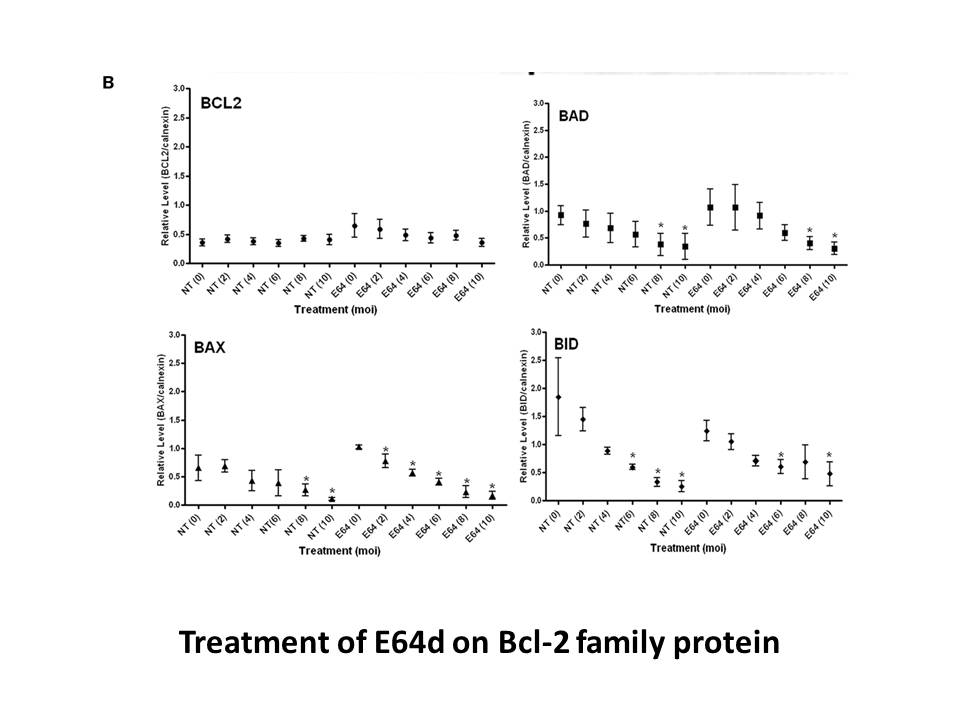
Matthew et al. synthesized and carried out SAR studies of imidazo-[1,2-a]-pyrazine as Aurora kinase inhibitors with enhanced kinase selectivity and found that Metronidazole 39 showed optimal potency on Aurora-A and Aurora-B with IC50 value of 4 nM and 13 nM while on phosphorylation histone H3 (pHH3)
-
NG25 In our H K ATPase assay Fig and Supplementary Fig
2025-02-13
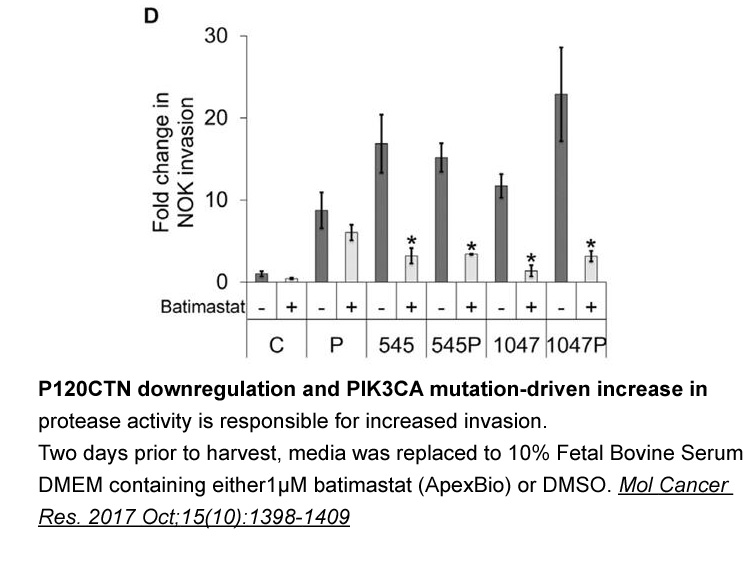
In our H+, K+-ATPase assay (Fig. 1 and Supplementary Fig. 1), myricetin (IC50 = 0.58μM) was more potent than acid-activated omeprazole (IC50 = 1.50μM). In contrast, in oral administration in mice (Fig. 3), omeprazole (20mg/kg) more effectively inhibited gastric NG25 secretion compared to myricetin
-
Angiogenesis is a process of formation of new vessels
2025-02-12
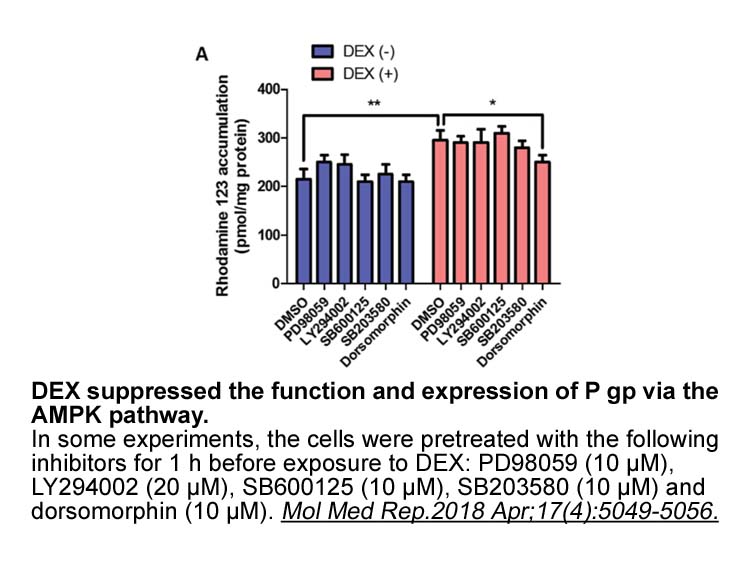
Angiogenesis is a process of formation of new vessels from arterial vascularization created by endothelial cells. It is essential for the continuous growth of the tumor because it supplies the tumor with nutrients and oxygen, and eliminates cellular waste, which can be toxic to cancer cells [8]. Inf
-
monocarboxylate transporters Electron paramagnetic resonance
2025-02-12
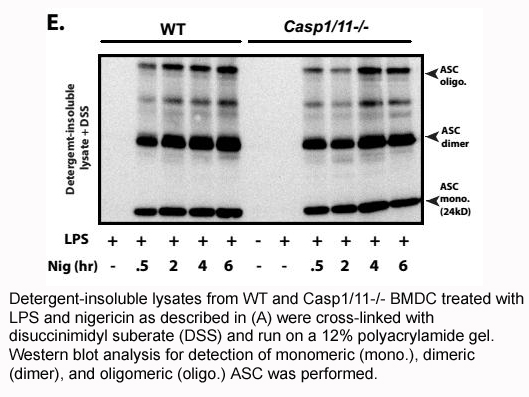
Electron paramagnetic resonance studies of mixtures of Aβ1–40 and Aβ1–42 suggest that interlaced fibrils might also form [40] where Aβ1–40 and Aβ1–42 is found within the same fibril. Considering the Aβ fold rather than the sequence, these observations imply two mechanisms that might lower the total
-
AHR mediated MMP upregulation has been shown in
2025-02-12
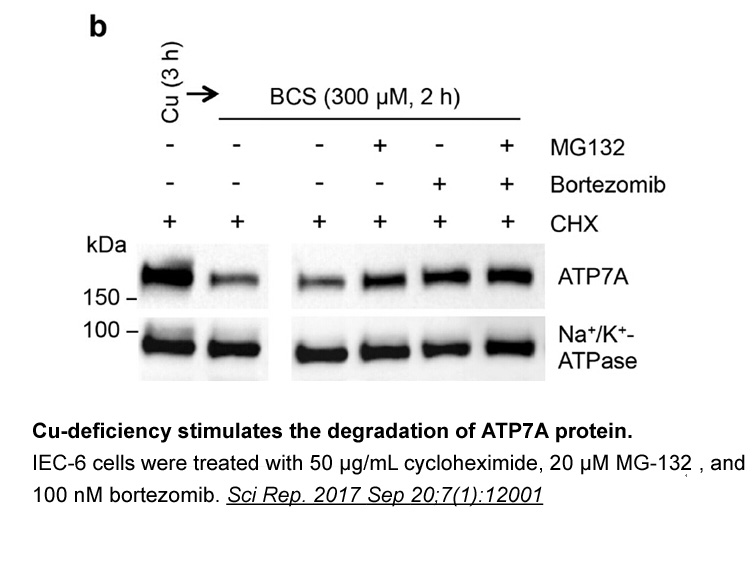
AHR-mediated MMP1 upregulation has been shown in response to tobacco smoke [32]. Tobacco smoke contains various AHR ligands such as benzo[a]pyrene. Both benzo[a]pyrene [15] and FICZ [13] are high-affinity ligands for AHR and upregulate CYP1A1 and CYP1B1. FICZ is rapidly degraded by CYP1A1 [20], [33]
-
The excellent potencies selectivities and
2025-02-12
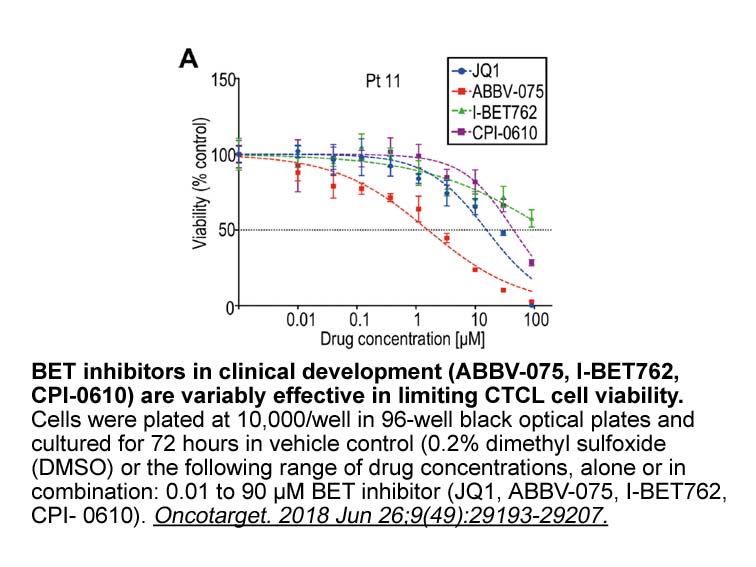
The excellent potencies, selectivities and improved PK associated with the piperazine class triggered more extensive off-target screenings of the highlighted compounds. A screen of more than 100 enzymes, receptors, and ion channels resulted in activity at the norepinephrine transporter (NET). This m
-
In particular we focused our attention on beta
2025-02-12
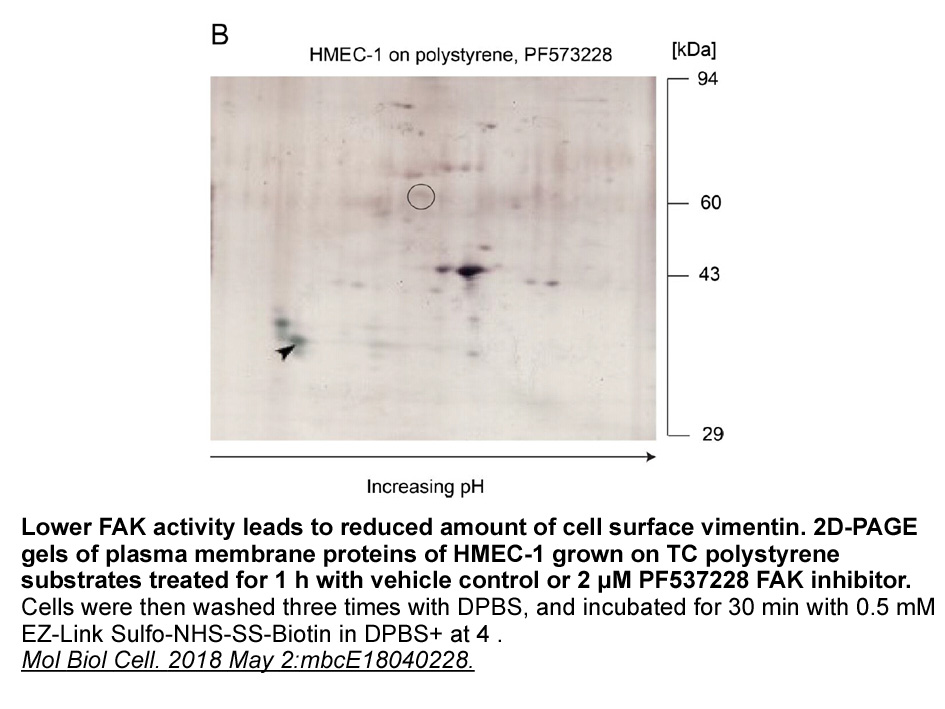
In particular, we focused our attention on beta2 adrenergic receptors, since their commercial inhibitors are effective in lowering IOP, the primary indication of glaucoma. The hypotensive action of a commercial sequence of beta2 adrenergic receptor siRNA was tested in rabbits. The results confirmed
-
Even within the context of evidence based
2025-02-12
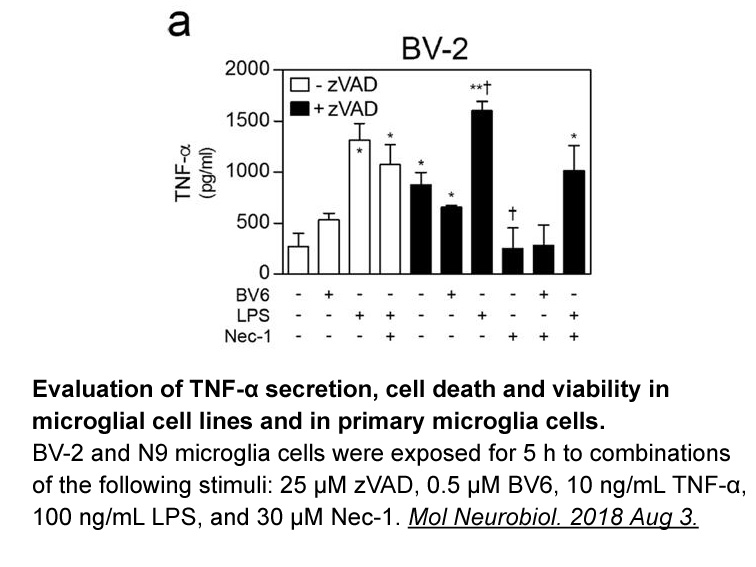
Even within the context of evidence-based interventions for tobacco screening, the science is imperfect. For example, patients who screen positive for current smoking should receive cessation counseling and prescribed known effective nicotine replacement therapy based on the Public Health Services G
14959 records 15/998 page Previous Next First page 上5页 1112131415 下5页 Last page